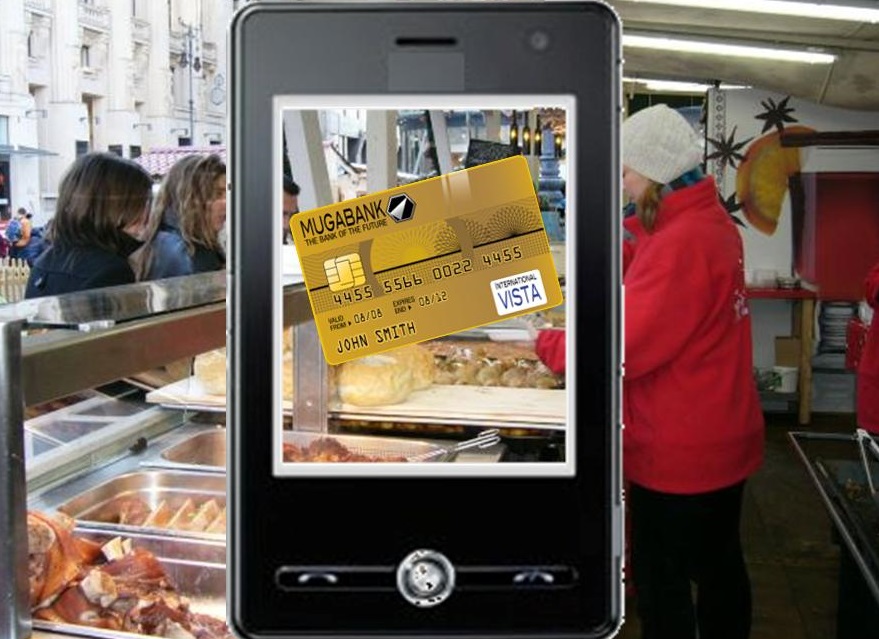 By Anabel Perez – President & CEO, NovoPayment
By Anabel Perez – President & CEO, NovoPayment
In our world of 100%+ mobile penetration, companies in Latin America will soon need to think like their next wave of prospective customers, most of whom are unbanked. This means understanding their lifestyles, habits and needs in order to decide how to best generate value.
Similarly, recent global and regional corporate announcements regarding digital money and mobile wallets targeting Latin America’s unbanked consumers have casual and close followers wondering what this means for the region.
What exactly are they talking about?
Simply put, mobile wallets aim to create a phone-based equivalent of a physical wallet – a cloud and/or SIM-based collection of personal identification, financial and non-financial account information. The different money, payments and banking offerings refer mostly to the ability to purchase and perform other value-based transactions with a mobile handset.
In Latin America, these details are very important given the fact that more than 90% of mobile users are on prepaid plans – many of them unbanked – and use devices with varying features and capabilities.
Who are the key players?
We’ve seen the arrival of several initiatives to improve Latin America’s mobile payment transactions and incorporate unbanked users. These include: banks, telcos, retail chains, global acquiring and acceptance networks and specialized entrepreneurs who have launched initiatives in countries such as Mexico, Argentina, Venezuela, Peru, the Dominican Republic and Haiti.
What business are they after?
What each of them shares is a common motivation: to capture the favor of the increasingly mobile-dependent user, most of whom are unbanked, and hence their relationships, transactions, and related data.
Given the way the mobile phone has gradually replaced or replicated nearly every item on our nightstands (alarm clock), desks (email, browser), briefcases, purses and pockets (agenda, reading material, games, camera) and even our televisions, it stands to reason that the wallet would be the next object of interest.
What does this world look like? 
Look inside a typical Latin American consumer’s wallet today and imagine what their future mobile wallet might look like…
- Better security: For the unbanked consumer, electronic money will continue to be more secure than carrying physical cash.
- More local apps: User-friendly apps are great for simplifying the delivery of information and services.
- Virtual labor marketplace: From street vendors to self-employed, blue-collar laborers, their services can be broadcast and found.
- Bill-payment simplification: Paper bills, long lines and late bills are avoided – a win-win for both payer and provider.
- More effective promotions: Mobile phones enable product promotions to bypass the challenge of a legally unrecognized residence.
- Electronic documentation: From transit passes to IDs to receipts, all documents typically carried by an unbanked consumer will be provided electronically.
What does the future hold?
The ultimate goal of this mobile era should be the creation of a payments ecosystem – where open and accessible systems, once set in motion, flourish by attracting a diversity of interconnected and interacting players. There are several regional challenges to overcome, but it can be done.
Thankfully, the wireless industry has given us some concrete examples like GSM, Bluetooth and other consortium-led efforts. If we continue at the current pace, it could take our region 15 years and millions of dollars wasted in isolated iterations. However, if done properly, 15 years can be cut to five. 2018 sounds pretty good to me.
Anabel Perez is President & CEO of NovoPayment, the leading payments technology services company in Latin America, providing prepaid “stored value” program design, implementation and Platform as a Service (PaaS). For more information, visit: www.novopayment.com.

 This trend is allowing smaller firms to accept credit card transactions in a more affordable way.
This trend is allowing smaller firms to accept credit card transactions in a more affordable way.